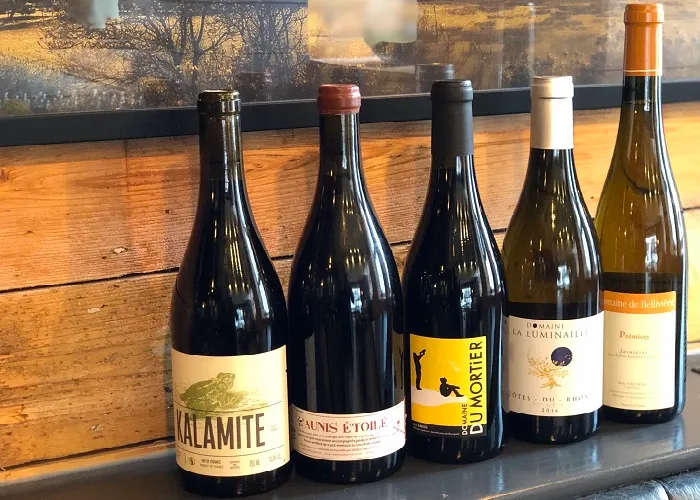In February 2024, InterLoire, the trade body representing Loire Valley wines, launched a global rebranding initiative, officially changing the region’s name from “Vins du Val de Loire” to “Vins de Loire” (Loire Wines). This streamlined name is designed to enhance international recognition and marketability.
Early Signs of Success: Export Growth in 2024
The new strategy is already bearing fruit, with Loire Valley wine exports projected to grow by 5% in volume and 5.9% in value in 2024 compared to 2023. Export sales currently represent 22% of total regional sales, a substantial base that the organization aims to grow to 30% by 2030, adding 8 percentage points in export share.
Sophie Talbot, General Manager of Loire Valley Wines, emphasized the importance of overseas markets, noting the current export share is “still a little bit insufficient” and outlining ambitions to tap into untapped global potential.
Diversity as Strength and Challenge
Loire Valley’s strength lies in its diverse wine portfolio, spanning red, white, rosé, sparkling, and sweet wines across 34 PDOs and one PGI. However, Talbot acknowledges that diversity can be a double-edged sword:
“Sometimes it is difficult to maintain differentiation and stick to our common ground (Loire Valley) … We must preserve and encourage each region to continue to develop its own uniqueness.”
To address this, the region tailors its promotional efforts to each market’s preferences rather than showcasing the full range at every event.
Market-Specific Wine Preferences
Australia: Off-dry rosé dominates imports (46%), followed by white, sparkling, red, and dry rosé wines (16%-20%).
United States: Largest export market (21% of total), with 65% of imports being white wines.
Germany: Second largest export market (18%), dominated by sparkling wines (89%).
Sparkling Wines Lead the Growth
Among wine categories, sparkling wines from the Loire Valley showed the strongest growth at 12% year-on-year, followed by white wines, which grew by 4%. Meanwhile, red and dry rosé wines fell by 5%, and semi-dry rosé by 2%.
Juliette Monmousseau, CEO of Bouvet Ladubay, highlighted the Loire’s sparkling wines as an affordable luxury combining freshness, uniqueness, and value. She also emphasized the distinct minerality and salinity of the Saumur terroir, which is key to the Loire’s sparkling wine identity.
Premiumisation and High-End Focus
Loire Valley wines are increasingly focusing on the premium segment, aiming to elevate their image with “top of the pyramid” offerings. Talbot noted that while quality is no longer a barrier, creating prestigious high-end wines is a key goal for the region’s future.
Vineyard-Level Innovation and Appellation Differentiation
The region is also innovating at the vineyard level:
The Muscadelle wines of Nantes show terroir contrasts linked to limestone sedimentary platforms across ten vineyards.
The Chinon AOC is experimenting with six new unofficial “prefecture-level” appellations to highlight distinct Cabernet Franc terroirs and add nuance to the region’s profile.
While niche, these initiatives underscore Loire Valley’s commitment to celebrating diversity while strengthening its collective brand.
Long-Term Export Goals and Collective Branding
Looking ahead, Loire Valley Wines plans to increase its export share from 22% to 30% by 2030, reflecting the Loire Valley 2030 plan. Camille Masson, President of the Loire Valley Wine Association, praised 2024’s performance as a sign of the region’s dynamism on the international stage.
Sophie Talbot explained the strategy:
“We think a good way to achieve this is to go abroad with this collective brand and the uniqueness of each appellation… If someone doesn’t know much about the Loire Valley, they can use the collective brand; if well known, they can promote their specific appellations.”
This dual approach aims to balance the strength of a unified Loire Valley identity with the individuality of its many sub-regions.
Summary
The Loire Valley’s global wine success in 2024 stems from a clear communication strategy, market-specific approaches, and leveraging its diverse wine styles—especially sparkling and white wines. The shift to a more premium positioning, along with vineyard-level innovation and collective branding, positions Loire Valley wines for continued growth and greater international recognition.
You Might Be Interested In:


